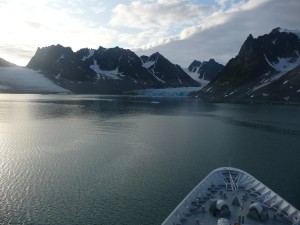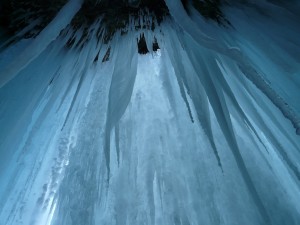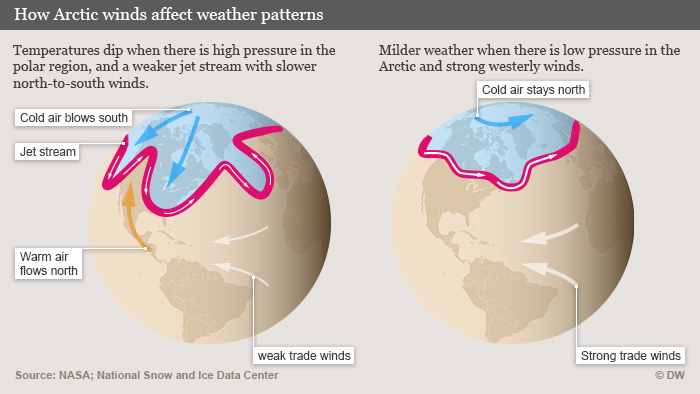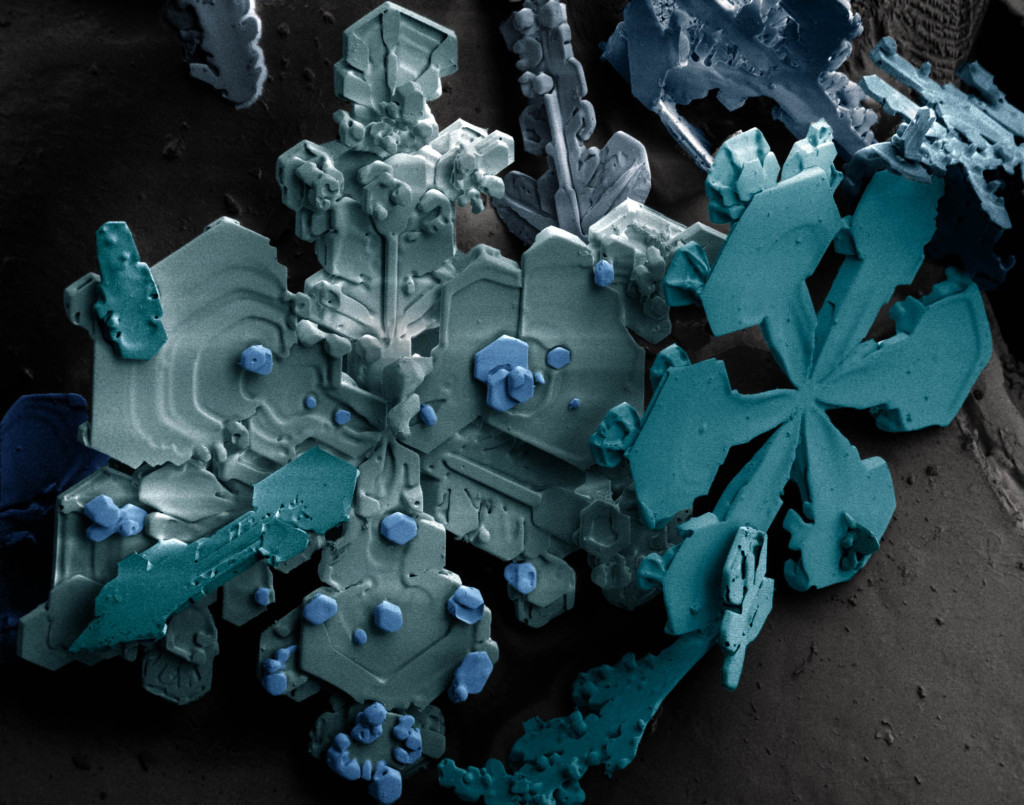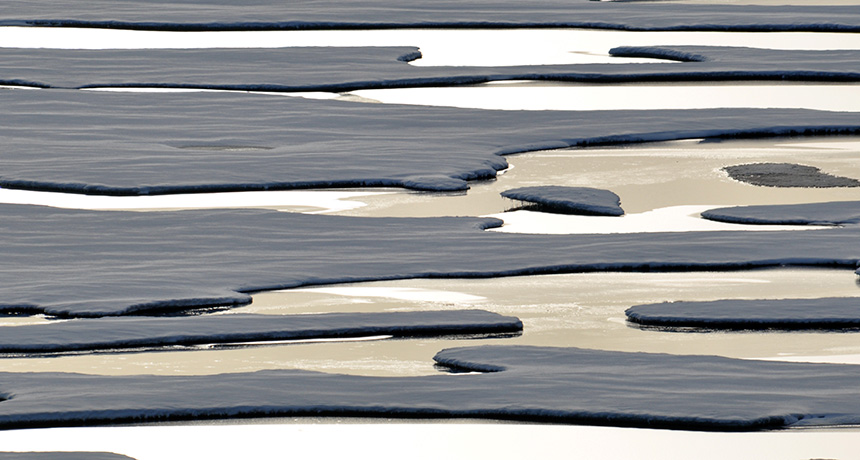 Here in our headquarters in Bethel, Connecticut, when we think of winter, we inevitably think of snow and teeth-chattering cold. But winter is also the perfect time to stay indoors and catch up on your reading.
Here in our headquarters in Bethel, Connecticut, when we think of winter, we inevitably think of snow and teeth-chattering cold. But winter is also the perfect time to stay indoors and catch up on your reading.
If you come upon an interesting science news article, please share it with us in the comments below.
Let’s look at some winter science in the news!
For years scientists assumed that life during the perpetually dark polar winter pretty much came to a halt—or at least, a deep slumber.
Not true!
A group of researchers from the Arctic University of Norway spent the winters of 2013, 2014 and 2015 in Kongsfjorden, Svalbard, which is north of the Arctic Circles. Their mission? To sample the waters and observe seabird communities during the polar winters.
Their findings – and the video footage from this link – will give you and your students plenty to discuss. How do these animals adapt? What do these findings tell us about biodiversity?
At home, we keep our freezer door tightly shut to preserve the cold air inside. Does the same logic apply to naturally-formed ice caves? Good question! This article on “How to Melt an Ice Cave” is worth a look.
Lately there has been much talk about extreme cold weather in the United States and its connection to the polar vortex. Just what is the polar vortex, and how does it affect the lower latitudes? Mark Serreze, Director of the National Snow and Ice Data Center (NSIDC) and a specialist in Arctic climatology, offers an explanation in “What Is a Polar Vortex?” here.
While we’re on the subject of the polar vortex, we’re delighted to share this article from Scientific American, which looks back at the “Weird Winter Weather” of 2015 and points a finger at the polar jet stream’s unusually wiggly progress.
If you’d like to see a NASA animation of a jet stream, check out our EI TV link here.
The National Snow and Ice Data Center could easily be renamed “Winter Central,” based on the wealth of information you’ll find there! Seriously, NSIDC is the go-to place for anything related to snowy, icy weather. We were mesmerized by the details we discovered. Just look at this snowflake!
“This magnified image of snow crystals was captured by a low-temperature scanning electron microscope (SEM). The pseudo colors commonly found in SEM images are computer generated, and in this case highlight the different flake formations.”
According to the American Meteorological Society’s Journal of Climate, a blanket of moisture rising from the sea is trapping heat and causing trouble at the North Pole. Science News has published an excellent explanation of this issue. The AMS findings “demonstrate that it’s really the Arctic that’s causing the Arctic to warm so fast,” says atmospheric scientist Jennifer Francis of Rutgers University in New Brunswick, N.J. “There’s a lot more going on up there than just this [summer sea ice melting] that we’ve been hearing about for so long.”
Photo Credit: Patrick Kelley / US Coast Guard / US Geological Survey / Flick
